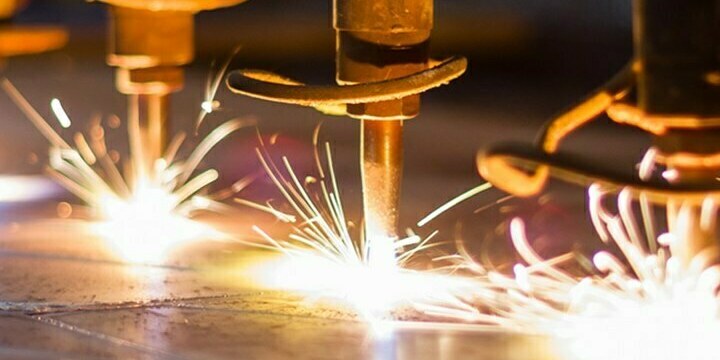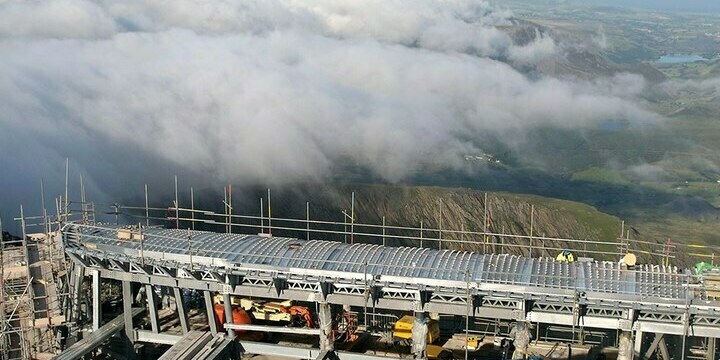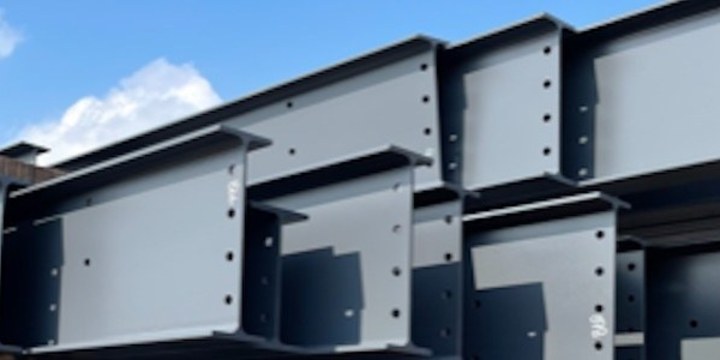A QUICK GUIDE TO ALL STEEL GRADES AND SIZES
Download a list of all the grades and sizes stocked as standard by Murray Plate.
The specification and use of pressure vessel steel is for serious applications where material stability is paramount and where the pressure inside is higher than the outside atmospheric pressure. Material failure arising from inaccurate specification can be catastrophic, and sometimes fatal, which is why the correct application to purpose and pressure tolerance is critical.
There are a wide range of pressure vessel steel grades, ranging from gas cylinders for cooking and welding right up to large metallic tanks found on oil refineries or chemical plants. The use of specific steels is also determined by the chemicals and liquids that are either stored or processed under pressure.
As you can imagine, there are significant pressure differences and tolerances between the movement/storage of substances such as water and milk compared to petrochemicals, gases and crude oil, plus a wide variance in temperatures.
Therefore, there are a wide range of different pressure vessel steel grades, the production of which is highly regulated, not just because of the risks involved but also because of the wide variance of materials that are used in the vessels, be they pipes, industrial storage facilities of domestic cylinders.
The most common specifications for pressure vessel steels are the EN10028 standards – which are European in origin – and the ASME/ASTM standards which are from the US.
Download a list of all the grades and sizes stocked as standard by Murray Plate.


